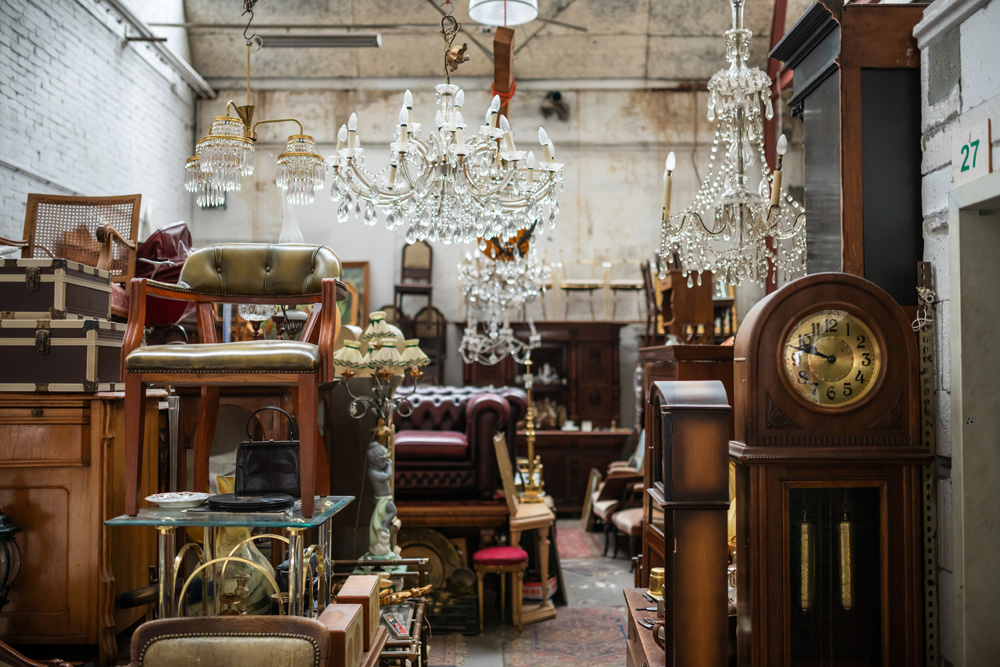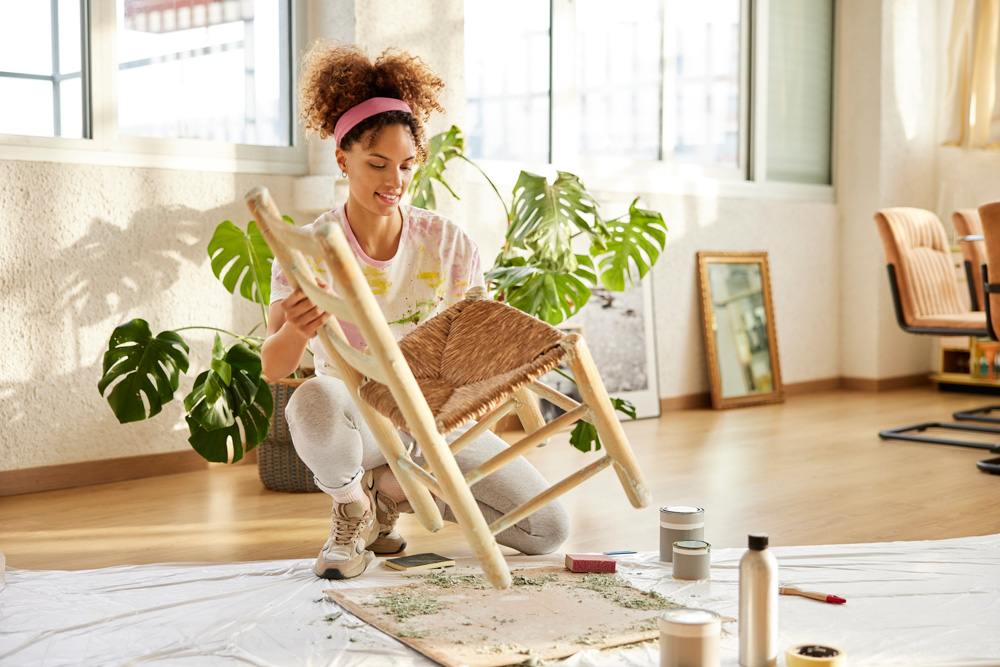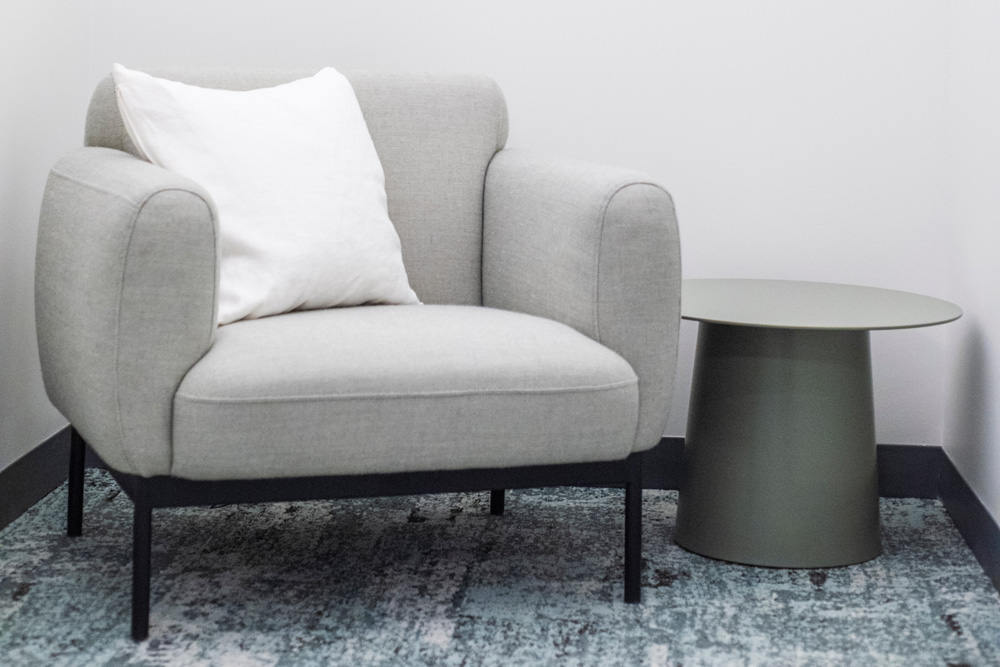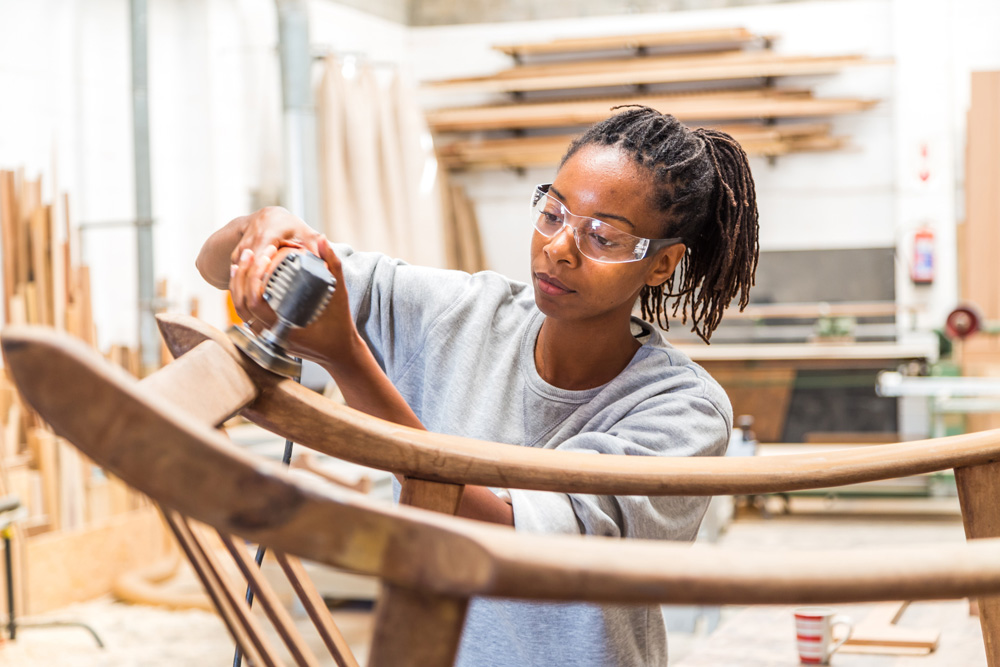If you’re a conscious consumer, you probably recycle and reuse as much as you can, boycott companies that are known to use sweatshops, and check that your coffee and chocolate are fair-trade certified. You may even check the human rights record of the countries of origin of your clothing. But what about your furniture? How do you know that the furniture you buy isn’t contributing to making the world a worse place for someone somewhere? Here’s how to ensure you are buying ethically when buying furniture.

Buy Second Hand
will ensure that you have unique pieces that lend a chic, retro touch to the room. If you buy second-hand furniture, you’re also keeping something more out of the landfill and you’re not contributing to unsustainable practices just so you can have a cool couch. Just check that the pieces you buy don’t contain harmful substances like lead paint and that the upholstery isn’t infested with bedbugs.

Buy Upcycled or Repurposed
Buying second-hand furniture is great but what if it doesn’t really fit your aesthetic? You can buy furniture that’s been creatively upcycled or repurposed. With upcycling, an old piece of furniture gets a makeover with some paint, new upholstery and the like. Repurposing means turning a piece of furniture into something else: an old chest of drawers into a side table, for example.
Related: Decor Trends You Can Recreate Using Things You Have at Home

Check the Wood’s Certification
For wooden furniture, check whether it’s certified as having been sustainably produced. In Canada, sustainable furniture can be made of wood certified by a wood certification such as the Forest Stewardship Council or FSC, the Programme for the Endorsement of Forest Certification or PEFC, and the Canadian Standards Association Sustainable Forest Management or CSA SFM.

Avoid Restricted and Endangered Wood Species
Check the conservation status of the kind of wood used in the furniture you want to buy. Restricted and endangered species that are commonly used for wood products include various species of yew and rosewood, red stinkwood, Mexican mahogany, monkey puzzle, Guatemalan fir and several species of cedar. If you’re not sure about the wood, consider alternatives such as bamboo, rattan, wicker and cane, which is all the rage right now.

Check the Upholstery
Polyurethane is common in upholstery but contains toxic chemicals. Soy-based alternatives are usually still mixed with polyurethane and soy farming comes with environmental baggage too. For sustainably sourced furniture, rather opt for natural latex – preferably Global Organic Latex Standard or GOLS certified – for cushions. Wool, coir or coconut fibre, bamboo, kapok or organic cotton padding is best for those bright living-room sofas.

Check the Fabric
One of the ways to brighten up a dark room is to use fabrics in a lighter colour. However, for ethically sourced furniture, make sure that the fabric is natural, preferably organic and with a certification like the Global Organic Textile Standard or GOTS. Avoid PVC and synthetic fabrics, unless they’re made of recycled materials like plastic bottles. Also avoid fabrics that are chemically treated to be stain or fire resistant: these pose health risks for people and cats.

Check the Leather
Leather is popular for pet-friendly furniture because it’s durable and easy to clean. However, the tanning and dyeing processes for leather usually involve toxic chemicals and in some countries, leather production may also use child labour. Opt for vegetable-tanned and chromium-free leather and check that the sustainable furniture brands have OEKO-TEX or Leather Working Group certifications.

Buy Local
Of course that mass-produced Swedish brand is cheap but why not pay a little more and support a local small business instead of a huge multinational? That way you help pay for a child’s schooling or Indigenous community development rather than a corporate executive’s mansion. You may find that these lovingly made pieces are of better quality, since small-business owners are invested in their reputation.
Related: Shop Local: The Best Online Holiday Stores Across Canada

Research the Supply Chain
To buy truly ethically, you need to consider not only the environmental impact of the product but also its social impact. So, find out about the supply chain: who produces the materials and the final furniture pieces? Is anything imported from countries with poor human rights records? Does any company along the supply chain use child labour or sweatshops? What about exploitation of local communities?
Related: I Tried Zero-Waste for One Week and This is What I Learned

Know Your Certifications
When it comes to ethical furniture Canada offers a host of certifications covering everything from organically grown materials to fair trade to corporate social responsibility. Find out about the different certification programmes – Ecolabel Index and Ecocert are good places to start – and check for these labels when you go furniture shopping.
Related: 10 Completely Sustainable Single-Use Swaps to Make in 2021
HGTV your inbox.
By clicking "SIGN UP” you agree to receive emails from HGTV and accept Corus' Terms of Use and Corus' Privacy Policy.





